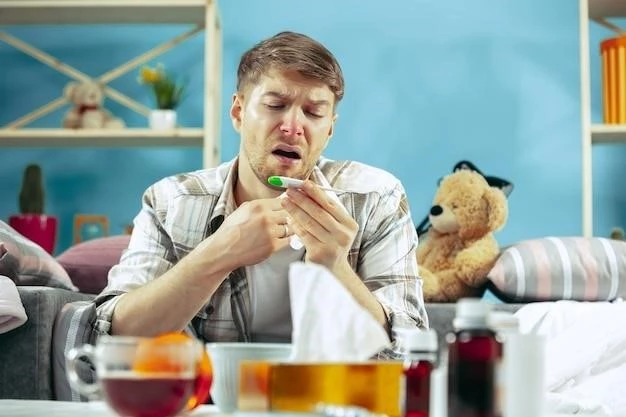Introduction
Strychnine poisoning is a severe and potentially fatal condition resulting from exposure to the highly toxic alkaloid strychnine. Commonly used as a pesticide and rodenticide, strychnine poisoning manifests through muscular convulsions, often with a sudden onset, which may lead to serious health consequences. Understanding the origins and effects of this poison is crucial for effective management.
Overview of Strychnine Poisoning
Strychnine, a highly toxic alkaloid, has historically been used in various applications, including as a pesticide and rodenticide. The poison acts by increasing spinal cord reflex irritability, leading to severe muscle contractions and spasms. Its rapid absorption into the bloodstream can result in convulsions and other serious health effects. Despite its ban in certain regions, sporadic cases of strychnine poisoning still occur, necessitating swift recognition and appropriate management to mitigate its potentially fatal outcomes.
Clinical Presentation
Strychnine poisoning presents with severe muscular convulsions and spasms due to the toxic effects of the alkaloid. The onset is often sudden and can lead to life-threatening symptoms, necessitating prompt recognition and appropriate intervention to manage the condition effectively.
Symptoms and Onset
Exposure to strychnine can lead to a range of symptoms, including severe muscular contractions, convulsions, and spasms. The onset of strychnine poisoning is typically sudden and can result in life-threatening consequences due to its rapid absorption into the bloodstream. The symptoms of strychnine poisoning often present as arching of the back and involuntary muscle movements, highlighting the toxic effects of this potent alkaloid.
Identification of Strychnine Poisoning
Strychnine poisoning can be identified through various clinical features, including severe muscular spasms, convulsions, and specific symptoms such as arching of the back. The rapid onset of symptoms following exposure to strychnine highlights the urgency of recognizing and diagnosing this toxic condition promptly. Understanding the distinct clinical manifestations associated with strychnine poisoning is crucial for effective management and treatment of affected individuals.

Causes and Sources
Strychnine, a highly toxic alkaloid, is commonly found in various sources ranging from rodent poisons to traditional medicinal remedies. The substance, originating from plant seeds, has been historically utilized for its pesticidal properties but is now predominantly recognized for its toxic effects on humans and animals, necessitating strict regulatory measures to limit exposure.
Origin of Strychnine
Strychnine, a highly toxic alkaloid, is derived from the seeds of plants such as Strychnos nux vomica and Strychnos ignatii. Originally used for its pesticidal properties, strychnine has a long history dating back to ancient medicinal remedies. With its origin in various plant sources found predominantly in regions like India, southern Asia, and Australia, strychnine has been a common component in poison baits and illicit drugs, highlighting its toxic nature and historical significance.
Common Uses and Exposure
Strychnine has been historically utilized in rodent poisons and smaller doses as a stimulant in veterinary practice. This toxic alkaloid is known for its ability to increase the reflex irritability of the spinal cord, leading to severe muscle contractions and convulsions. While its use as a pesticide and rodenticide has been banned in certain regions, cases of strychnine poisoning still occur, underscoring the importance of understanding its sources and potential exposure pathways.

Diagnosis and Management
Swift and accurate diagnosis of strychnine poisoning is crucial due to its rapid onset and severe symptoms. Management involves intensive supportive care and specific treatment measures to counteract the toxic effects of strychnine on the body, aiming to stabilize the patient and prevent further complications.
Diagnostic Procedures
Diagnosing strychnine poisoning involves assessing clinical symptoms such as severe muscle spasms, convulsions, and arching of the back. Blood tests and toxicology screenings can help confirm exposure to strychnine. Additionally, medical history, physical examination findings, and a detailed evaluation of symptoms are essential in establishing an accurate diagnosis of strychnine poisoning.
Treatment Options
Management of strychnine poisoning involves immediate and intensive supportive care to address the severe symptoms, including muscle spasms and convulsions. Treatment options commonly include measures to stabilize the individual, such as administering anticonvulsants and implementing strategies to counteract the toxic effects of strychnine on the nervous system. Early intervention is crucial in the effective management of strychnine poisoning to prevent adverse outcomes.
Prevention and Control
Implementing stringent regulatory measures and bans on the use of strychnine as a pesticide or rodenticide is crucial in preventing accidental human and animal exposure. Public awareness campaigns, proper waste disposal protocols, and enforcement of safety regulations are essential to control the availability and misuse of strychnine in various products, ensuring the protection of both individuals and wildlife.
Regulations and Bans
The sale of strychnine was banned in the European Union in 2006 for use as a pesticide and rodenticide. The poison, once widely used, has seen restrictions due to its highly toxic nature. Bans in certain regions aim to prevent accidental strychnine poisoning in humans and animals. Enforcement of these regulations is essential for safeguarding public health and wildlife.
Public Health Measures
Public health measures surrounding strychnine poisoning focus on raising awareness about the dangers of this toxic substance, implementing strict regulations on its use, disposal, and storage, and educating the public on proper safety protocols to prevent accidental exposures. Community engagement, legislative actions, and collaboration between healthcare providers and regulatory authorities play a vital role in mitigating the risks associated with strychnine poisoning and safeguarding public health.
Impact on Animals
Strychnine poses a significant threat to both domestic and wild animals due to its highly toxic nature. Exposure to this alkaloid can lead to severe poisoning in animals, causing muscle spasms, convulsions, and ultimately resulting in adverse health effects. Incidents of strychnine poisoning in animals highlight the need for stringent measures to protect wildlife and prevent unintentional exposures.
Effects on Domestic and Wild Animals
Strychnine poisoning can have detrimental effects on both domestic and wild animals, leading to severe symptoms such as muscular spasms, convulsions, and potential fatalities. Animals exposed to strychnine may experience excruciating pain and suffering, highlighting the urgent need for preventive measures to protect vulnerable wildlife populations from accidental poisoning incidents.
Incidents of Strychnine Poisoning in Animals
Animals, both domestic and wild, are at risk of strychnine poisoning due to their susceptibility to the toxic effects of this alkaloid. Incidents of strychnine poisoning in animals often result in severe symptoms such as muscle spasms, convulsions, and, in some cases, fatalities. These occurrences emphasize the need for vigilant monitoring and preventive measures to protect animal populations from the harmful effects of strychnine exposure.
